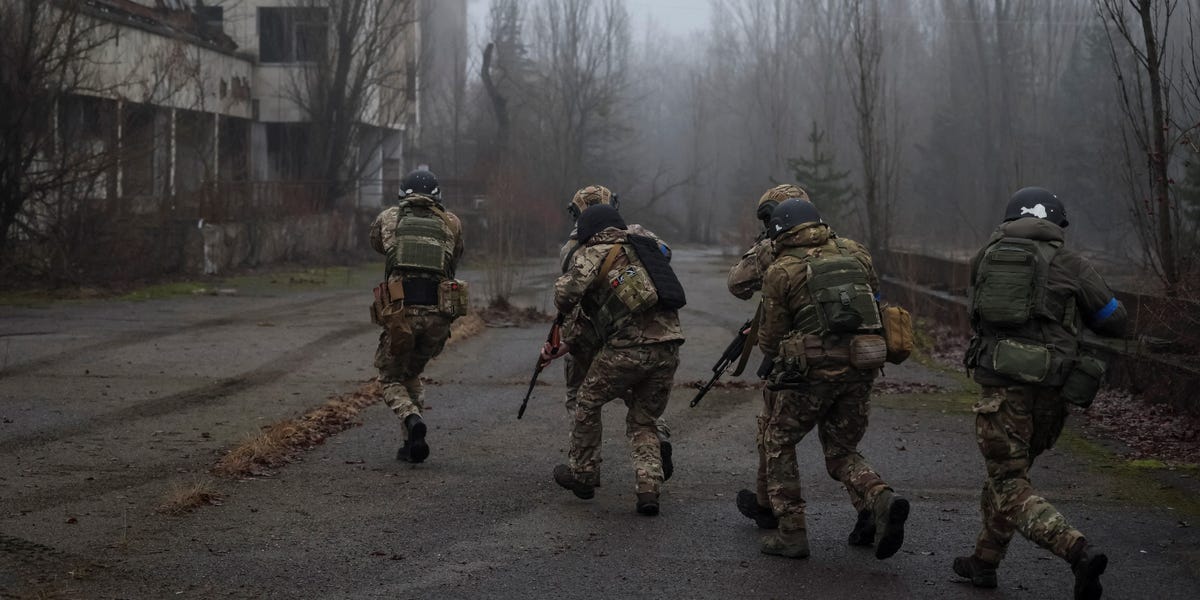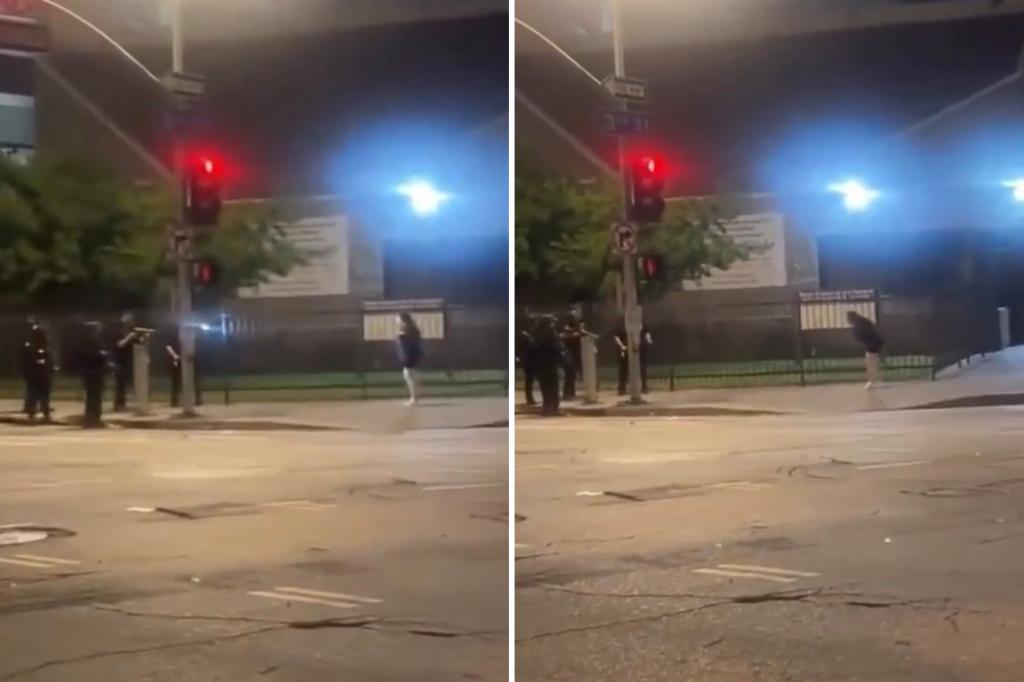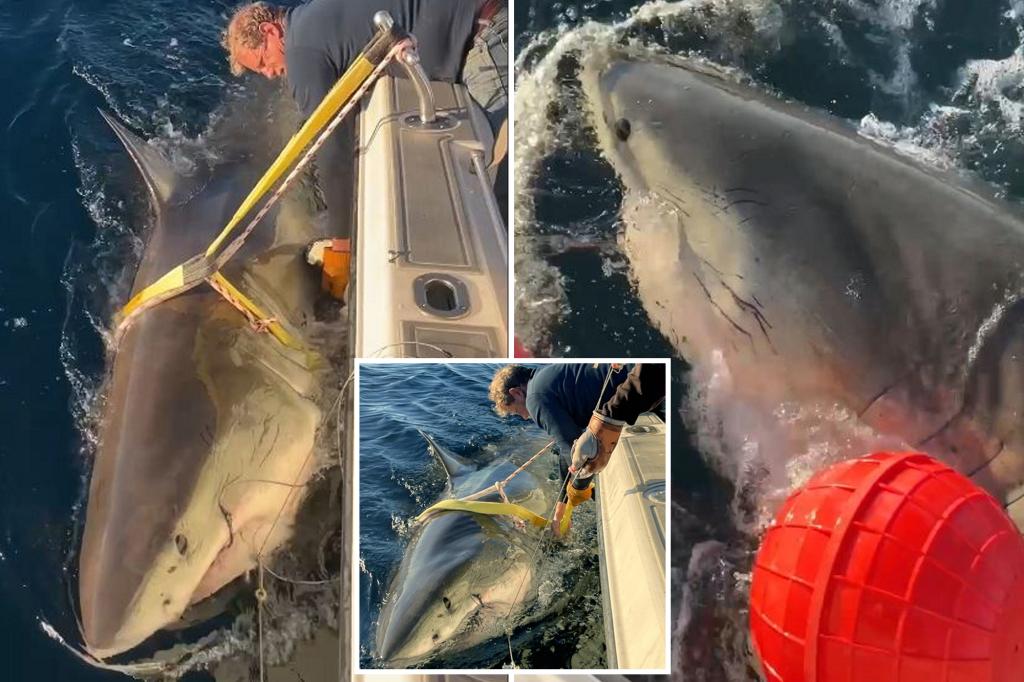The Lingering Shadows: How Russia’s War Reshapes Chernobyl’s Toxic Legacy
Nearly four decades after the world’s worst nuclear disaster, Chernobyl’s Exclusion Zone faces renewed threats as Russia’s invasion of Ukraine disrupts monitoring and maintenance of the radioactive wasteland. Military operations near the defunct power plant since February 2022 have raised alarms among scientists who warn that shelling, troop movements, and abandoned safety protocols could unleash secondary environmental catastrophes in one of Earth’s most contaminated regions.
Radioactive Ground Zero in the Crosshairs
When Russian forces occupied Chernobyl for 36 days early in the war, they dug trenches through the Red Forest—an area so named after radiation turned pine needles crimson in 1986. Soil samples later showed radiation levels 50 times higher than normal where soldiers disturbed the topsoil, according to Ukraine’s Ecocentre environmental group.
“We’re seeing the worst possible scenario unfold,” says Dr. Valery Kashparov, director of Ukraine’s Institute of Agricultural Radiology. “Military activity is essentially churning up radioactive dust that had settled into the soil over decades. Wind patterns could carry these particles far beyond the exclusion zone.”
Critical Infrastructure at Risk
The conflict has jeopardized three crucial containment systems:
- The aging sarcophagus covering Reactor 4 (built in 1986)
- The New Safe Confinement structure (completed in 2019)
- Spent nuclear fuel storage facilities holding 22,000 assemblies
Power outages during the occupation forced staff to monitor radiation levels manually for the first time since the disaster. While the NSC structure remains intact, experts note that even minor damage to its ventilation systems could allow radioactive particles to escape.
Human Toll of a Forgotten Crisis
About 6,000 workers still maintain Chernobyl’s facilities—many living in Slavutych, a town built after the disaster. These “liquidators of the 21st century” now face:
- Extended shifts due to staff shortages
- Delayed safety equipment deliveries
- Psychological trauma from nearby fighting
“We’re back to Soviet-era conditions,” remarks plant technician Oleksandr Zhukov. “Some days we work by flashlight. The war makes everything harder, but we can’t abandon our posts—the consequences would be unimaginable.”
Global Implications of Local Neglect
The International Atomic Energy Agency reports concerning trends:
| Radiation monitoring outages | 47 days in 2022 |
| Wildfire risk increase | 300% since invasion |
| Scientific studies halted | 92% reduction |
Professor Timothy Mousseau, who studied Chernobyl’s ecosystems for 20 years, warns: “This isn’t just Ukraine’s problem. Radioactive particles respect no borders. The 2020 wildfires proved contamination can reach as far as France when proper monitoring isn’t maintained.”
Between War and Environmental Catastrophe
The situation presents impossible choices for Ukrainian authorities. Military strategists argue the exclusion zone’s size (2,600 km²) makes it a tactical buffer, while environmentalists demand special protected status. Meanwhile, budget allocations for Chernobyl have dropped 40% as funds divert to defense.
Energy analyst Kateryna Pavlova suggests a grim calculus: “Every artillery shell landing near the NSC structure costs Ukraine twice—first in military terms, then in potential environmental remediation that could exceed $1 billion per incident.”
What Comes After the Guns Fall Silent?
The long-term outlook remains uncertain. Possible scenarios include:
- Best case: Immediate restoration of monitoring systems post-conflict
- Probable outcome: Years of catch-up maintenance with reduced funding
- Worst case: Structural damage leading to new radiation leaks
As the war enters its third year, Chernobyl stands as a silent testament to how quickly human conflict can compound environmental disasters. The international community faces mounting pressure to designate the exclusion zone as a protected scientific preserve—before warfare writes the next chapter in this ongoing tragedy.
For those seeking to support Chernobyl’s guardians, verified donation channels exist through the UN Development Programme’s environmental recovery initiatives in Ukraine.
See more CNET 247



